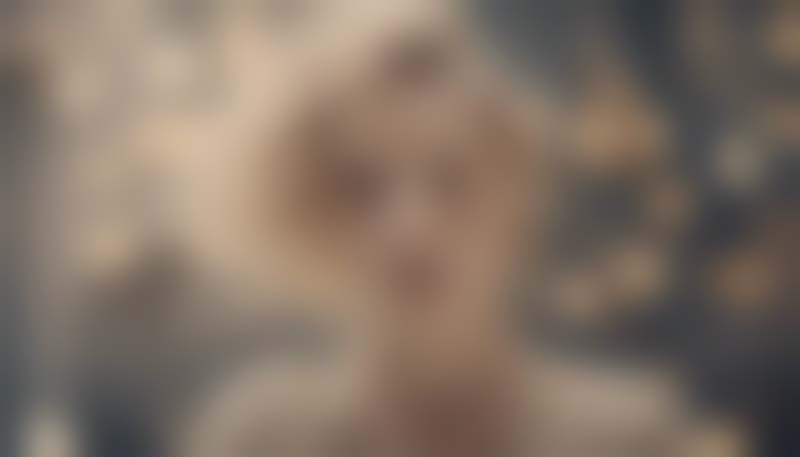Title: The Influence of History on Beauty Design
Introduction:
1. **Hook:** A captivating opening that introduces the topic.
2. **Background:** Briefly discuss the evolution of beauty design.
3. **Purpose:** State the aim of the article to explore how historical events and periods have influenced beauty design.
**Body:**
1. **Ancient Civilizations:**
- Discuss the earliest forms of beauty design in ancient civilizations such as Egypt, Greece, and Rome.
- Describe how these societies used cosmetics and body art to signify status, religion, and culture.
2. **Middle Ages:**
- Explore the influence of religious beliefs on beauty design during the Middle Ages.
Advertisement
- Discuss the contrast between the ideals of purity and the use of cosmetics.
3. **Renaissance:**
- Analyze the shift in beauty standards during the Renaissance and the emphasis on natural beauty.
- Mention the role of art and the humanist movement in shaping beauty design.
4. **18th and 19th Centuries:**
- Describe the impact of industrialization and the availability of new materials on beauty design.
- Discuss the emergence of the beauty industry and the rise of cosmetics as a consumer product.
5. **20th Century:**
- Examine the influence of major events such as World War I and II on beauty design, including the rise of wartime beauty standards.
- Discuss the influence of Hollywood and the fashion industry on beauty trends.
6. **Contemporary Era:**
- Explore the impact of globalization and the internet on beauty design.
- Discuss the rise of diverse beauty standards and the influence of social media.
7. **Cultural Influences:**
- Analyze how different cultures have contributed to the diversity of beauty design.
- Discuss the role of cultural exchange in the evolution of beauty trends.
**Conclusion:**
1. **Summary:** Recap the key points on how history has shaped beauty design.
2. **Reflection:** Offer insights on the cyclical nature of beauty trends and the importance of historical context.
3. **Future Outlook:** Speculate on how current historical events might influence future beauty design.

**Outro:**
1. **Call to Action:** Encourage readers to explore more about the history of beauty design.
2. **Final Thoughts:** Leave the reader with a reflective question or statement on the enduring appeal of beauty design through the ages.
**Sample Paragraph:**
The Renaissance period was a time of rebirth and a return to the classical ideals of beauty. This era saw a departure from the religious austerity of the Middle Ages, embracing a more human-centric approach to beauty. Artists like Leonardo da Vinci and Sandro Botticelli depicted their subjects with a newfound appreciation for natural beauty, unadorned and unaltered. The influence of the Renaissance extended beyond the canvas, permeating the societal norms of beauty. Women began to favor more natural hairstyles and makeup, with an emphasis on enhancing rather than concealing their natural features. This period also saw the rise of perfumery and the use of essential oils for personal fragrance, marking a significant shift in the way people adorned themselves with scents.
**Note:** This is just a starting point. To complete your article, you would need to expand on each section, provide historical examples, and include references to scholarly articles, books, or credible online sources. Remember to maintain a formal and informative tone throughout the article, and ensure that all statements are backed by evidence.
Comments